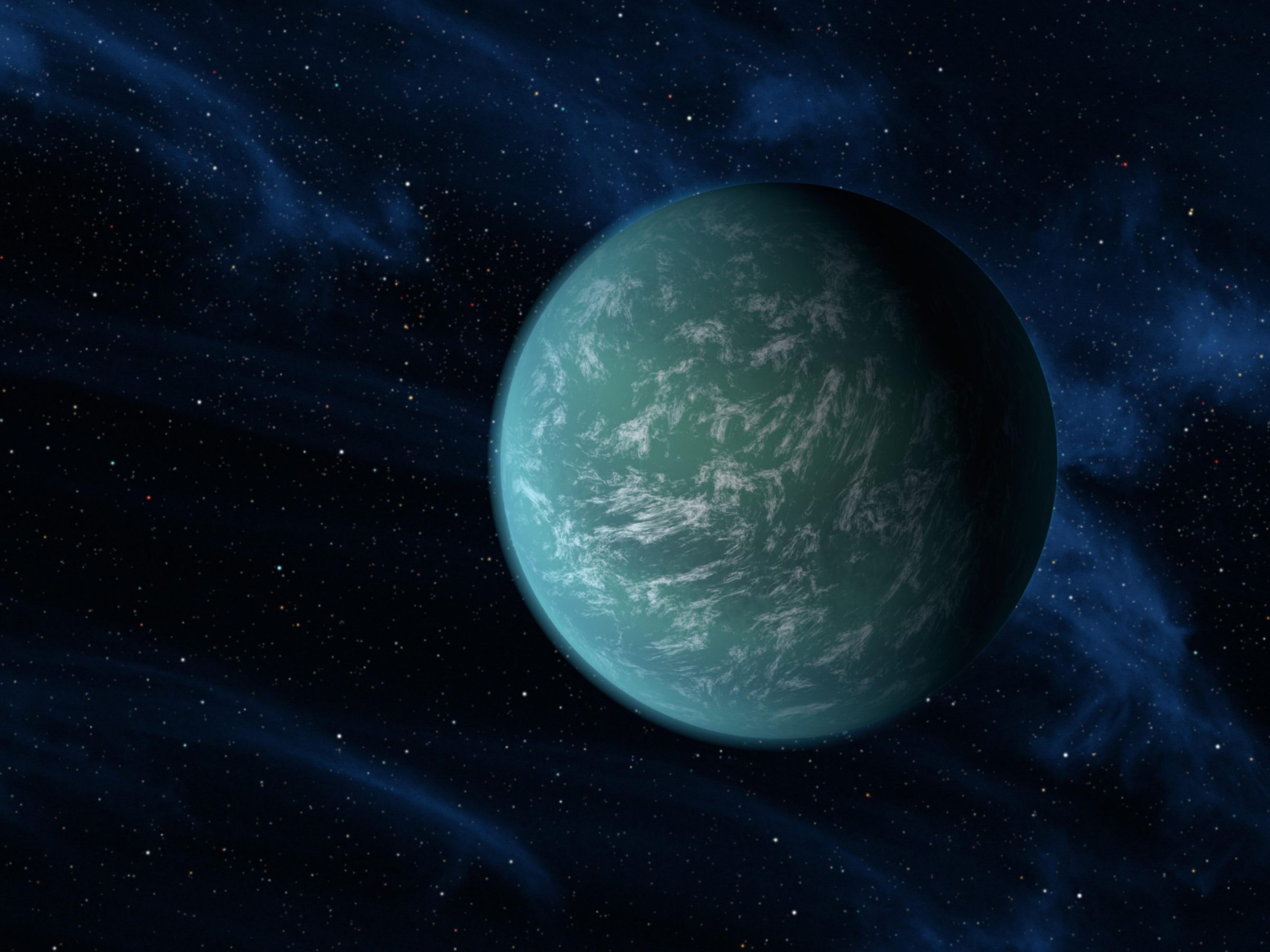Planetary Radio • Dec 16, 2014
Sara Seager and the Search for Earth’s Twin
On This Episode

Sara Seager
Astrophysicist and Planetary Scientist for Massachusetts Institute of Technology
MIT planetary scientist and astrophysicist Sara Seager is on a quest. She wants to find a warm, wet exoplanet with signs of life. It could be Earth 2.0. Emily Lakdawalla says Europe’s Venus Express probe is probably out of fuel. Bill Nye celebrates one piece of the controversial “Cromnibus” funding bill passed by Congress. The holiday skies are full of planets, according to Bruce Betts in this week’s What’s Up.

Related Links:
- Sara Seager
- James Webb Space Telescope
- TESS-Transiting Exoplanet Survey Satellite
- Venus Express Update: Not Quite Dead Yet
- NASA’s 2015 Budget Increase Is All But Confirmed
This week's prize is the beautiful and informative Year in Space Desk and Wall Calendars.
This week's question:
There is a US penny on the Curiosity rover. What year was that penny minted?
To submit your answer:
Complete the contest entry form at http://planetary.org/radiocontest or write to us at [email protected] no later than Tuesday, December 23, at 8am Pacific Time. Be sure to include your name and mailing address.
Last week's question:
What US Navy ship recovered the Orion capsule?
Answer:
The answer will be revealed next week.
Question from the week before:
What relatively bright star in our sky is Pioneer 10 headed for, and will reach the vicinity of in about 2 million years?
Answer:
Pioneer 10 should reach the vicinity of Aldebaran in 2 million years, give or take.


 Explore Worlds
Explore Worlds Find Life
Find Life Defend Earth
Defend Earth

